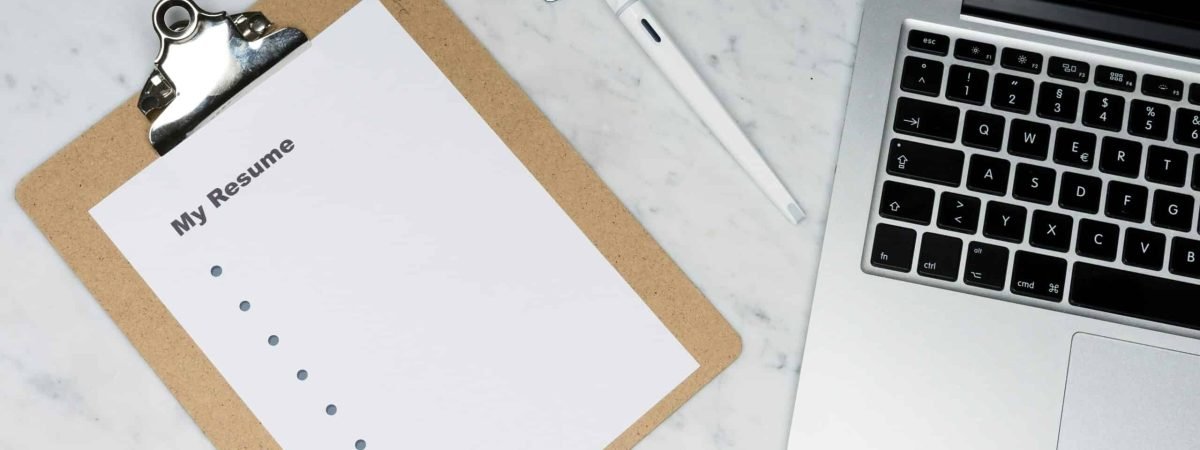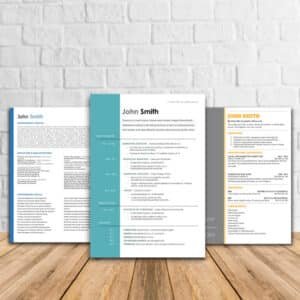If you’ve ever squinted at your own document and wondered, what font size should a CV be, you’re in good company. Today I’ll guide you through clear, human-tested rules that keep your résumé crisp, modern, and easy on every recruiter’s eyes.
The Science of First Glance
Studies show most recruiters spend six to eight seconds on a first pass. In that blink-speed review, oversized text can scream amateur, while tiny print whispers skip me. Font size is not just a style choice; it is the gateway to your content. If a reader strains or scrolls, they disengage—and you lose the shot at an interview.
Baseline Rules for Size
After reviewing thousands of documents, we at Leveraged CV lean on one simple rule:
- Body text: 10.5 pt to 11.5 pt
- Headings: 1–2 pt larger than your body copy
- Contact line: same size as body; bold, not bigger
Why this band? Anything below 10 pt tends to blur on older monitors or printouts. Over 12 pt feels like a children’s book and wastes space you need for achievements.
When Bigger (or Smaller) Works
Exceptions exist—and they’re strategic.
Career Stage
- Graduate or early-career: You may only have one page. Use 11.5 pt with slightly wider line spacing. It fills white space without padding.
- Senior professional: You have rich history. A tight 10.5 pt keeps you to two pages while staying readable.
Industry
- Creative fields: Designers often nudge headings to 14 pt or add subtle weights, but body text still sits in the 10.5–11.5 pt range.
- Academia or legal: Tradition rules here. Stick to 11 pt in classic fonts (Times New Roman, Garamond).
Accessibility Needs
If the role values inclusivity or you know the reader may prefer larger type—say, government recruiters—go up to 12 pt but add crisp margins so the page doesn’t balloon.
The Font–Layout Duo
Size alone can’t save a cluttered layout. Pair your chosen point with these quick tweaks:
- Line spacing: 1.1 to 1.2 is money. It creates air.
- Margins: 1.9 cm top/bottom, 2.0 cm left/right guides the eye.
- Hierarchy: Use bold or small caps for headings instead of huge jumps in size.
Remember, fonts are like footwear: perfect fit beats flashy style. Calibri, Helvetica, and Garamond feel modern yet safe; they render well on most systems and at every size discussed here.
Quick-Fire Readability Tests
Before you fire off your CV:
- Arm’s-length test: Print one page, stand back two feet. If you still read headings, you’re golden.
- Zoom test: View at 100 % on a 13-inch screen. No squint? Good.
- PDF preview: Save, reopen, and scroll fast. Does anything look jumpy? Fix it.
- Friend check: Ask a peer with different sight needs. They’ll spot tiny flaws.
Each step takes seconds but saves opportunities.
Closing Notes
Font size seems small, pun intended, but it shapes first impressions. At Leveraged CV, we refine every pixel so recruiters focus on your merit, not your formatting missteps. Still unsure? Reach out. We’re here to polish every detail and lift your career story off the page.



